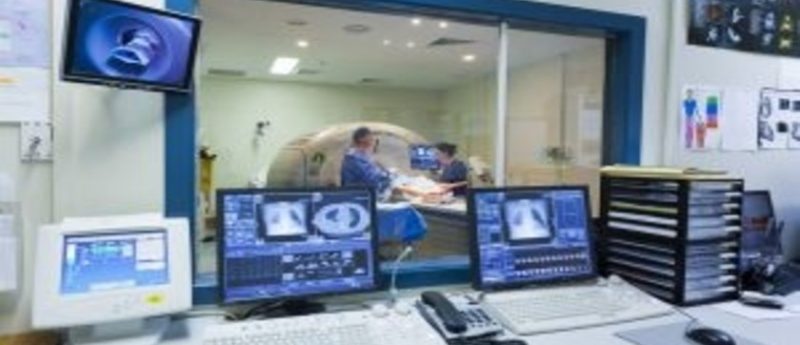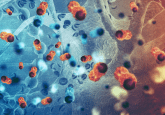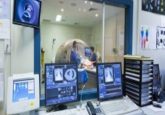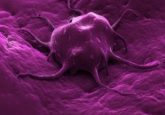MRI based on sugar molecule detection can distinguish cancerous from noncancerous cells

Although imaging tests such as CT scans or mammograms are able to detect tumors, a biopsy is usually required in order to determine if the growth is cancerous. Results from a study published in Nature Communications recently however suggest that MRI may one day be able to make biopsies more effective, or possibly even replace them altogether, by noninvasively detecting characteristic sugar molecules shed from the outer membranes of cells that have become cancerous.
“We think this is the first time scientists have found a use in imaging cellular slime,” comments Jeff Bulte (Johns Hopkins University School of Medicine; MD, USA). “As cells become cancerous, some proteins on their outer membranes shed sugar molecules and become less slimy, perhaps because they’re crowded closer together. If we tune the MRI to detect sugars attached to a particular protein, we can see the difference between normal and cancerous cells.”
The study adds to recent discoveries by other research groups that indicate that glucose can be detected by a fine-tuned MRI technique based on the unique way that the glucose interacts with surrounding water molecules without administering dyes. Other studies have utilized MRI but have required injectable dyes in order to image proteins on the outside of cells that had already lost their sugar.
In this study, the team compared MRI results from mucins both with sugars attached and without, in order to evaluate how the signal altered. They then looked for the altered signal in four types of laboratory-grown cancer cells and detected significantly lower levels of mucin-attached sugars in the cancer cells than in the normal cells.
The lead author on the study, Xiaolei Song (Johns Hopkins University School of Medicine), commented that this is the first time that a property integral to cancer cells, instead of an injected dye, has been used to detect those cells. “The advantage of detecting a molecule already inside the body is that we can potentially image the entire tumor,” she remarks. “This often isn’t possible with injected dyes because they only reach part of the tumor. Plus, the dyes are expensive.”
The team reinforce that more research is needed to prove the value of the technique in human cancer diagnosis, as the MRI technique has so far only been tested in test tube-grown cells and mice. The team will next conduct research into whether they can distinguish more types of cancerous tumors from benign masses in live mice. If the technique is shown to be successful after further testing, the team suggest it could be utilized to detect cancer at early stages, monitor chemotherapy response, guide biopsies to help ensure that the most malignant part of the tumor is sampled, and hopefully eventually make some biopsies redundant.



